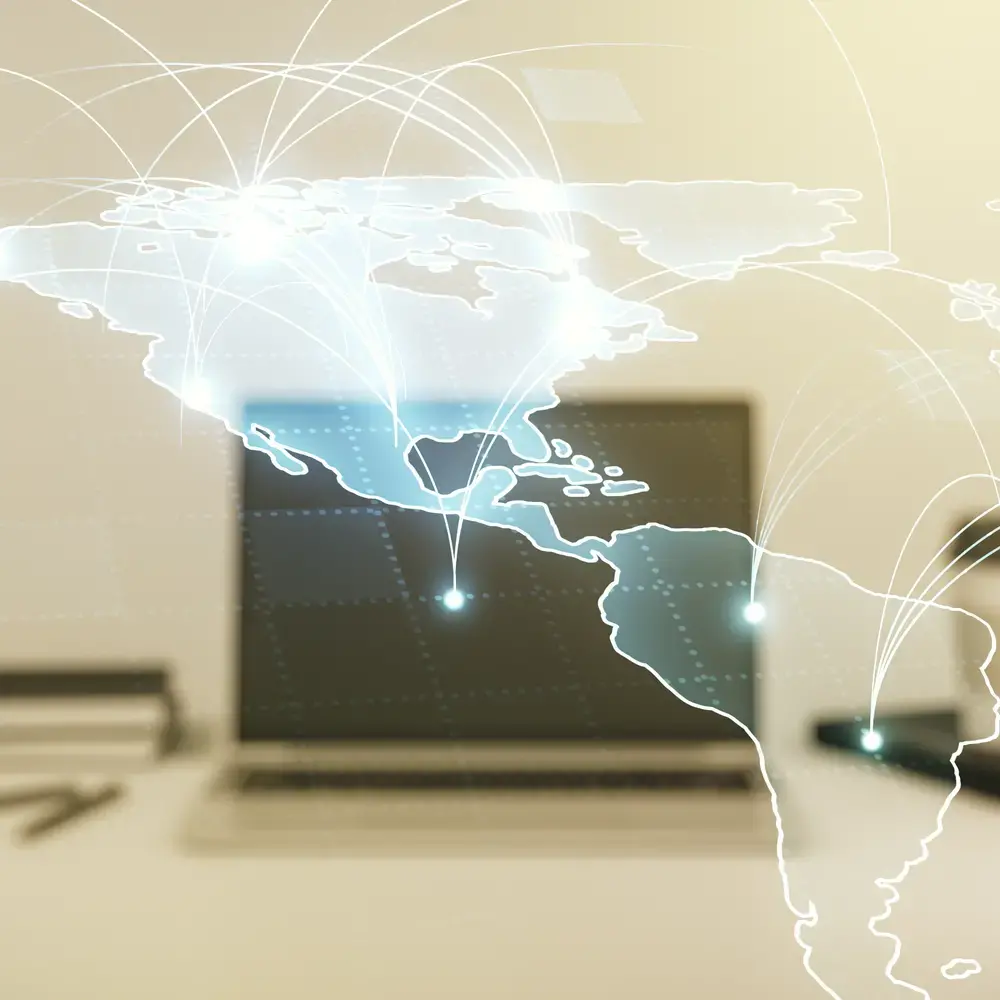Why Automate the Literature Monitoring Process?

A key concern for pharma companies is keeping a close eye on publications that might mention their product and its potential impact on the public. These publications can be extremely dense in volume, commanding careful review of multiple documents across several different sources. This review often needs to take place in a relatively short timeline and with strict reporting requirements.
In the EU, for example, the literature search process is tightly regulated, with searches being conducted weekly. The EMA conducts such searches on behalf of multiple license holders for some active ingredients in an effort to avoid duplicates and enhance data integrity. However, when it comes to the local monitoring effort, many pharma companies struggle to keep up due to large volumes of publications across several languages, and at different frequencies.
Not only is the existing review process exceptionally time consuming, it also runs the risk of non-compliance with best pharmacovigilance practices, carrying hefty financial penalties and leading to products being pulled from the market. Artificial intelligence (AI) and machine translation (MT) technology can help pharma companies meet these challenges by automating what is otherwise a cumbersome and complex process.
Here are five key advantages to automating your literature monitoring process.
Speed – Automating the search and review process allows for up to 85% reduction in manual effort and time spent in monitoring, equal to saving teams around two hours per week.
Flexibility – Workflows can be customized based on local marketing requirements. This means all publications can be crawled, either at the local or international level, in any language. By accurately capturing specific safety information at all levels, you are assured of enhanced data quality and patient feedback.
Scalability – This process supports all document types and can be easily scaled across multiple country requirements. Whether you are working with infrequent publications or multiple languages, it is valuable to implement a literature search process that facilitates varying reporting requirements.
Translation Efficiency – By leveraging AI/MT, teams can eliminate the extra translation and formatting costs associated with reporting. Additionally, AI/MT delivers up to 80% accuracy, cutting down on post-editing requirements.
Security – When handling sensitive safety information, it is critical to use a 21 CFR Part 11 compliant system with full audit tracing. This enables your teams to see who has checked for adverse events and monitor all document activity, from identification to reporting time to global safety teams.
Implementing an automated literature search process is a crucial step to help pharma companies remain on top of any and all mentions of their products. Consider leveraging an end-to-end multilingual case processing system paired with AI and translation technology to help drive efficiency, accuracy, security, and speed for your reporting timelines.
Selecting a Literature Monitoring Partner
Implementing effective workflows for literature monitoring begins with establishing a solid partnership with an experienced vendor who understands compliance requirements and tight reporting deadlines. The ideal vendor can consult with your team to identify key word requirements, terminologies, and search criteria to optimize search results and ensure accuracy. Additionally, integrating literature monitoring into your existing pharmacovigilance will centralize the process into one holistic solution, facilitating consistency and accuracy in your reporting.
TransPerfect Life Sciences’ literature monitoring service enables automated local literature search and notification, increasing team efficiency and ensuring compliance with good pharmacovigilance practices. Our technology is designed to centralize literature reviews, identify required actions, and seamlessly integrate with your backend systems for easy translation management and content submission and delivery.
Want to learn how we can support your literature monitoring efforts? Contact us today!
